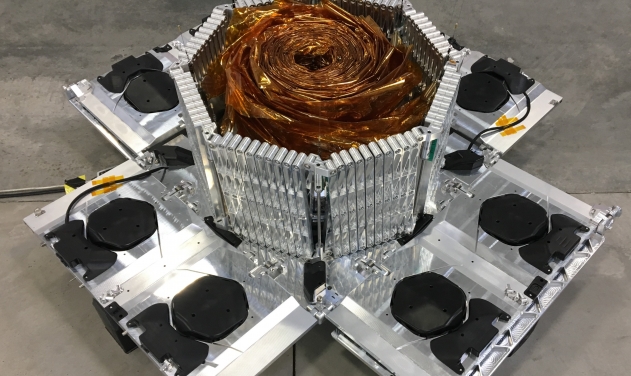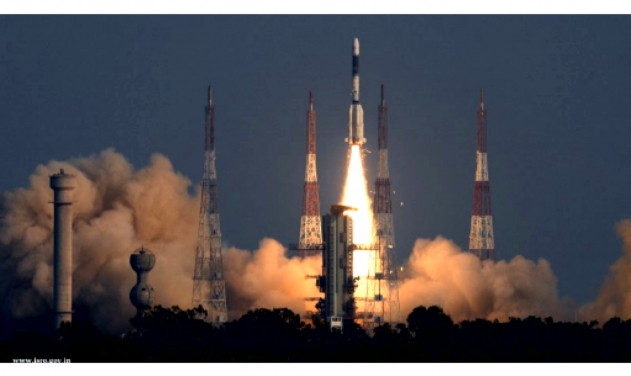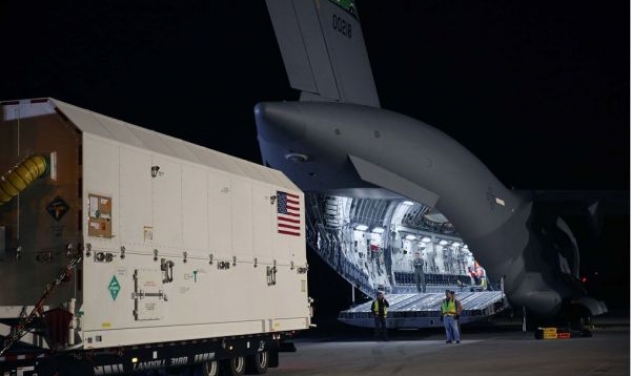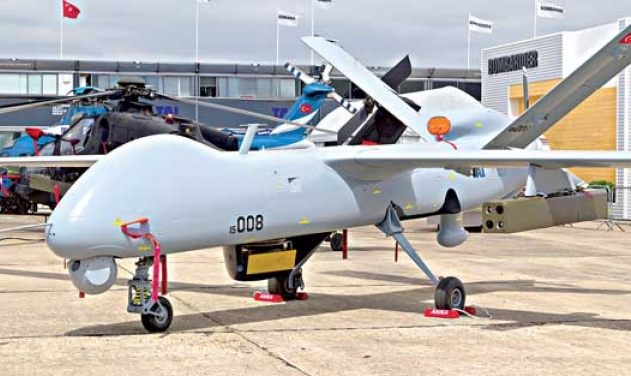DARPA to Launch Satellite with Reflectarray Antenna to Enable Space-based Internet

The US Defence Advanced Research Projects Agency (DARPA) is preparing to launch a 150 kg satellite into low-earth orbit to qualify a new type of Membrane Reflectarray Antenna (MRA) which could lay the groundwork for space-based internet.
DARPA’s Radio Frequency Risk Reduction Deployment Demonstration (R3D2) is set for launch in late February to space-qualify the MRA. The antenna, made of a tissue-thin Kapton membrane, packs tightly for stowage during launch and then will deploy to its full size of 2.25 meters in diameter once it reaches low Earth orbit, a DARPA release said.
“The Department of Defense has prioritized rapid acquisition of small satellite and launch capabilities. By relying on commercial acquisition practices, DARPA streamlined the R3D2 mission from conception through launch services acquisition,” said Fred Kennedy, director of DARPA’s Tactical Technology Office. “This mission could help validate emerging concepts for a resilient sensor and data transport layer in low Earth orbit – a capability that does not exist today, but one which could revolutionize global communications by laying the groundwork for a space-based internet.”
R3D2 will monitor antenna deployment dynamics, survivability and radio frequency (RF) characteristics of a membrane antenna in low-Earth orbit. The antenna could enable multiple missions that currently require large satellites, to include high data rate communications to disadvantaged users on the ground.
A successful demonstration also will help prove out a smaller, faster-to-launch and lower cost capability, allowing the Department of Defense, as well as other users, to make the most of the new commercial market for small, inexpensive launch vehicles. Satellite design, development, and launch took approximately 18 months.
The launch will take place on a Rocket Lab USA Electron rocket from the company’s launch complex on the Mahia Peninsula of New Zealand. Northrop Grumman is the prime contractor and integrated the 150 kg satellite; MMA Design designed and built the antenna. Trident Systems designed and built R3D2’s software-defined radio, while Blue Canyon Technologies provided the spacecraft bus.














